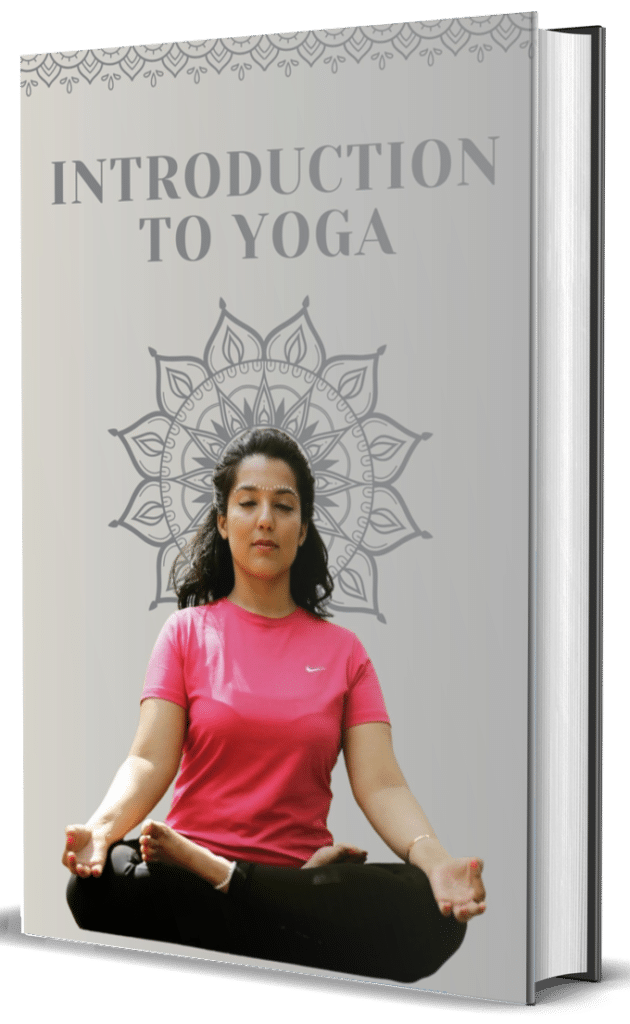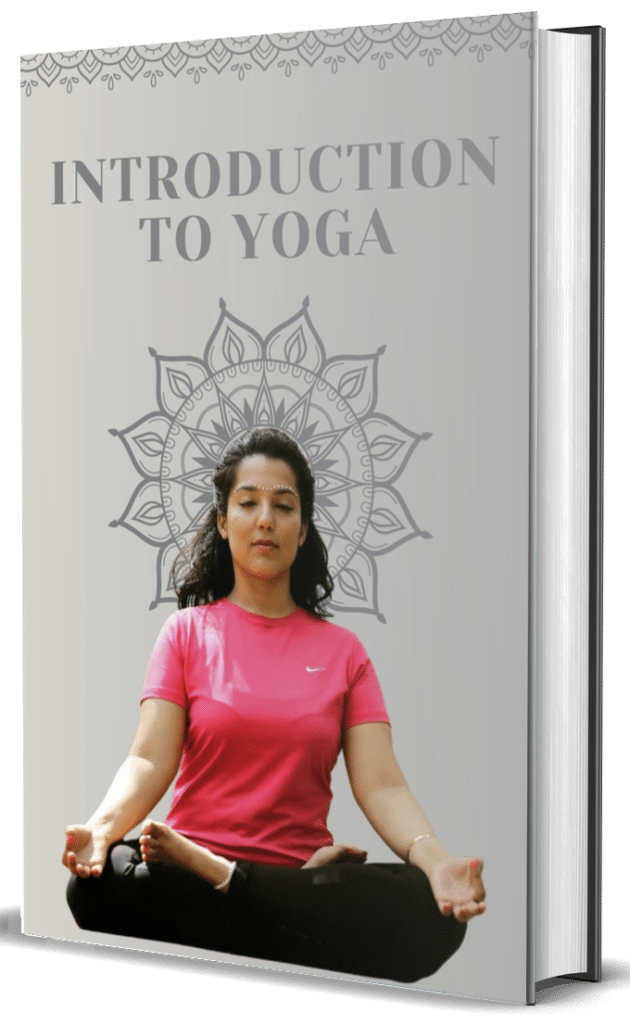Mandala Yoga is an innovative approach to yoga practice that arranges postures in circular patterns, allowing practitioners to move in 360-degree rotations around their mats. The name derives from the Sanskrit word “mandala,” meaning circle or sacred geometric pattern, which has been used across various spiritual traditions to represent wholeness, unity, and the cosmos itself.
Unlike linear yoga sequences where practitioners face predominantly forward, Mandala Yoga incorporates movement in all directions—front, back, sides, and diagonals—creating a more comprehensive spatial awareness and balanced engagement of the body. This circular approach symbolically represents the cyclical nature of existence and helps practitioners explore their relationship with space in a more dynamic way.
A typical Mandala Yoga sequence might begin at the center of the mat and gradually expand outward through a series of poses that move in circular or spiral patterns, eventually returning to the center. This circular journey often includes transitions through all four corners and sides of the mat, potentially incorporating elements from various yoga styles including Vinyasa, Hatha, and even dance-inspired movements.
Beyond its physical components, Mandala Yoga often incorporates philosophical and energetic elements. Many teachers design sequences to represent the journey through chakras (energy centers), the elements (earth, water, fire, air, ether), or specific archetypal themes. This integration of symbolic meaning with physical movement creates a practice that engages both body and mind in a holistic exploration.
Physiologically, the multidirectional nature of Mandala Yoga develops proprioception (awareness of body position) and vestibular function (balance) more thoroughly than linear practices. The varied movements help build functional strength and mobility that translates well to everyday activities. Additionally, the creative and flowing nature of the practice can induce flow states where practitioners experience heightened focus and presence.
For many practitioners, Mandala Yoga offers a refreshing alternative to more structured styles, allowing for greater creativity and personal expression. The circular patterns can feel more organic and intuitive, potentially helping practitioners break out of habitual movement patterns and discover new dimensions of their practice.



